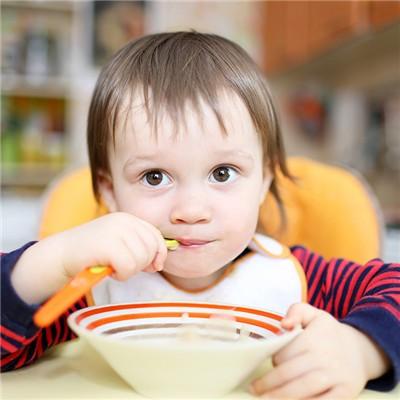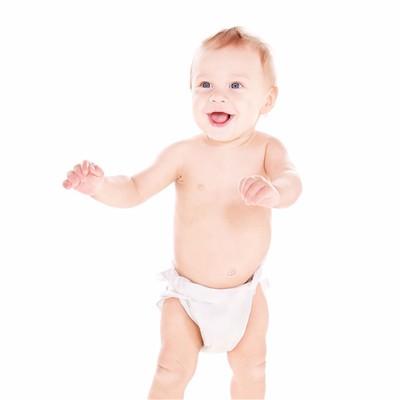Early symptoms of cerebral palsy in children
summary
There are some children who suffer from cerebral palsy because of congenital underdevelopment. This is because the children are still young. Generally speaking, they can't find that their children have cerebral palsy. A relative of mine, her child has cerebral palsy. They didn't know it until the child grew up. When is cerebral palsy inchoate symptom we must know? Here is a brief introduction to the early symptoms of cerebral palsy in children.
Early symptoms of cerebral palsy in children
Symptom 1: firstly, the newborn has less exercise, the body is too hard or too soft during the neonatal period, the spontaneous movement is reduced, unable to suck or lactate, weak, spasmodic attack, easy to scare, weak or continuous crying.
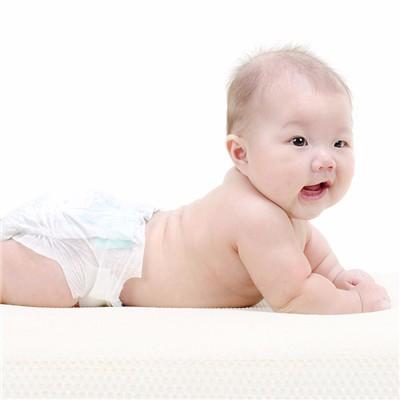
Symptom 2: not able to move like a normal baby, children born 1-3 months during the prone position can not look up, hold up the head can not be vertical, children with cerebral palsy early symptoms of hand fist, thumb adduction, strabismus, eyeball can not follow.
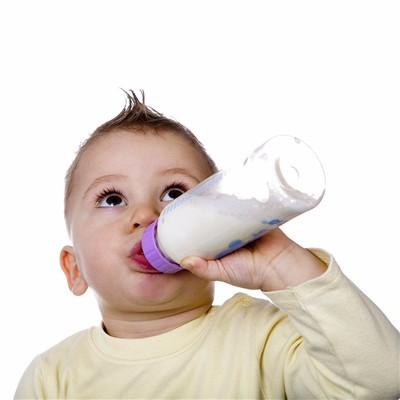
Symptom 3: inflexible movements are different from normal babies. Children born 4-5 months can't reach out to grasp things or have differences between left and right. They won't turn over or only turn to one side. When they are nervous, their upper limbs will bend and retract, their hands will hold fists, their lower limbs will cross and stretch, or their head and back will turn back. When grasping things, their upper limbs will be stiff or backward, and their hands can't touch the midline.
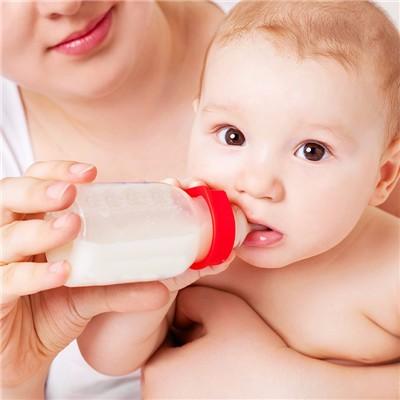
matters needing attention
When the child is older, there will be all kinds of problems. If there is anything wrong, we suggest that you go to the hospital for examination. Six months after the child is born, his hands, mouth and eyes are uncoordinated. He can't catch what he sees and send it to his mouth. He can't support his lower limbs or cross his pointed feet when he stands. He can't sit after seven months.

